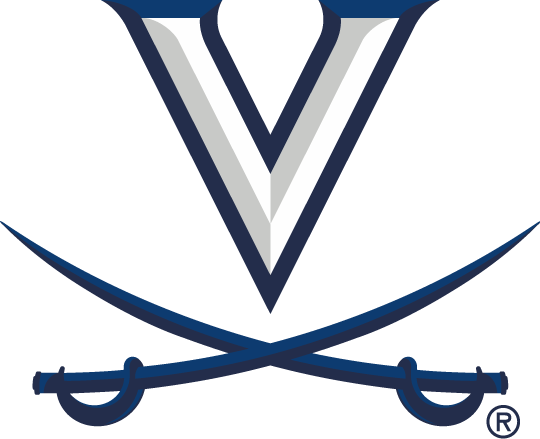Conrath Poised For Big Season
By Jeff White (jwhite@virginia.edu)
CHARLOTTESVILLE – In a stadium packed with nearly 65,000 fans, UVa’s Matt Conrath dropped into his stance and awaited the first play of his college football career.
It flashed by the towering defensive end.
Southern California gained 8 yards on first down, then 9 more on second down. The Trojans followed that with a 19-yard gain, punishing UVa’s defense on a drive that soon had them in the end zone at Scott Stadium.
Dealing with the speed of a Division I-AA opponent would have been challenging enough for Conrath in his college debut. The Chicago native had to contend with the speed of the mighty Trojans.
Conrath finished with only one tackle in the Cavaliers’ 52-7 loss last August. It was not an auspicious start, but he steadily improved over the course of the season. And now, as a 6-7, 276-pound redshirt sophomore, Conrath figures to be a mainstay on defense for a team looking to rebound from a 5-7 season.
He weighed around 265 pounds last season and got pushed around at times by bigger offensive linemen. Conrath, who turned 20 today, is better prepared to fight back after winter, spring and summer workouts with Brandon Hourigan, Virginia’s director of football training and player development.
“The offseason program has benefited him greatly, and obviously he’s got quite a few more of those coming,” UVa coach Al Groh said. “So for whatever all of us – we, he – had to deal with last year with his circumstance, he’s playing good ball right now, and it’s pretty exciting to think about what the next three seasons are going to bring for Matt.”
When Conrath enrolled at Virginia in 2007, the team’s defensive ends included Jeffrey Fitzgerald and Sean Gottschalk, both of whom were expected to still be in the program in ’08. Each left the program early, however, and so Conrath, almost by default, stepped into a leading role as a redshirt freshman.
He started all 12 games. Conrath recorded 35 tackles (including four sacks), caused a fumble, blocked a field-goal attempt and broke up three passes. And at season’s end, CollegeFootballNews.com named him a second-team Freshman All-American.
For a freshman starter, Groh said, “there’s an apprenticeship involved in that, and obviously every player is unique in how long that apprenticeship is. For example Matt was, I would say, for the second two-thirds of the season a significantly different player than he was for the first one-third of the season. He did a very good job of utilizing his exposure and experiences to really move his game along.”
Conrath is taller than most defensive ends, and that can be a disadvantage or an advantage, he said, depending on his ability to gain leverage on opposing linemen.
“I guess towards the end of the season I understood how to use the leverage I had with my long arms,” he said. “But at the beginning it kind of caught me off guard a little bit.”
Groh said that in evaluating taller players such as Conrath, the staff wants to see how well they can bend.
“One of the things that solidified that for us in the recruiting of Matt,” Groh said, “was that, through his first three years in high school, he was a pretty good high school baseball pitcher. And so quite obviously in order to pitch, coming down off that mound, a guy’s got to be able to bend and get down.
“And as a result, [Conrath is] able to play low and get good leverage. So he’s got the advantages of his height, without many of the tradeoffs with that.
In practice last season, Conrath lined up across from All-America offensive tackle Eugene Monroe, an experience that humbled Conrath occasionally but also accelerated his development.
Monroe is out of college eligibility, so Conrath won’t benefit from those battles anymore. But No. 94 has reason to be optimistic about his prospects this fall.
“It’s lot easier, I guess, just because I know what to expect,” Conrath said after a recent practice. “I know the speed of the game and stuff.”

